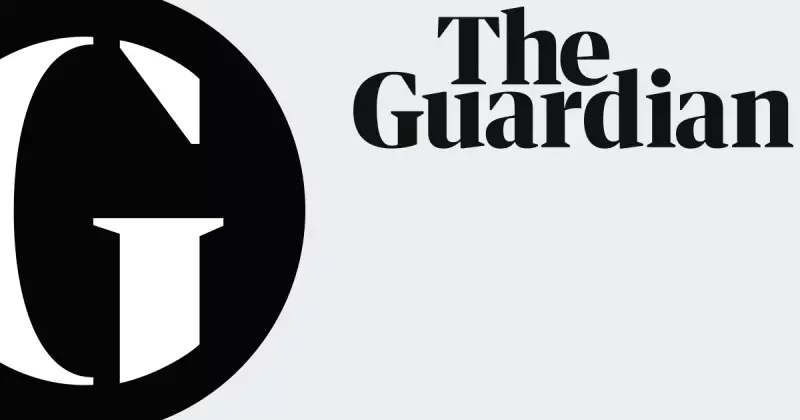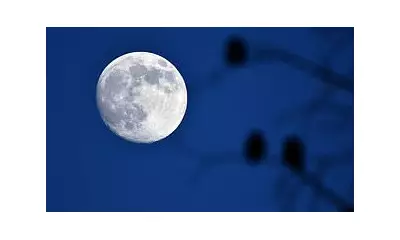
The Guardian has removed a video from its digital platforms following the receipt of a formal legal complaint, the publication confirmed on Friday. The decision highlights the ongoing challenges news organisations face in balancing editorial independence with legal responsibilities.
Content Withdrawn After Legal Intervention
In a brief statement published on its website, The Guardian acknowledged the removal but provided limited details about the nature of the video or the specific legal grounds for the complaint. The publication stated it took the action after careful consideration of its legal obligations.
The incident underscores the complex landscape modern media organisations navigate when publishing digital content, particularly video material that may involve multiple rights considerations.
Transparency Versus Legal Constraints
While The Guardian has been transparent about the fact of removal, the lack of specific details about the content or complainant raises questions about how news organisations handle legal pressures behind the scenes.
Media law experts suggest such removals typically occur when content potentially violates privacy rights, contains defamatory material, or infringes on copyright protections. The speed of removal often indicates the seriousness of the legal concerns raised.
Broader Implications for Digital Journalism
This incident occurs against a backdrop of increasing legal challenges to media content globally. News organisations increasingly find themselves weighing publication values against potential legal consequences in an increasingly litigious digital environment.
The removal also highlights the ephemeral nature of digital content, where published material can be withdrawn with minimal public explanation, creating potential gaps in the digital record.
As media organisations continue to expand their video offerings, such legal interventions may become more frequent, testing the boundaries between press freedom and legal compliance in the digital age.





